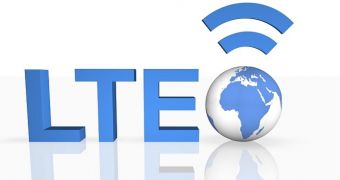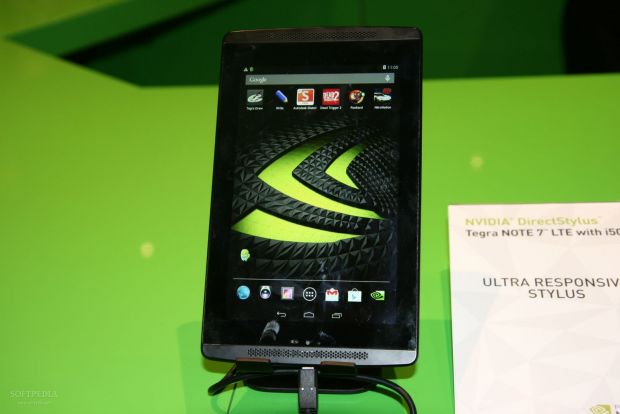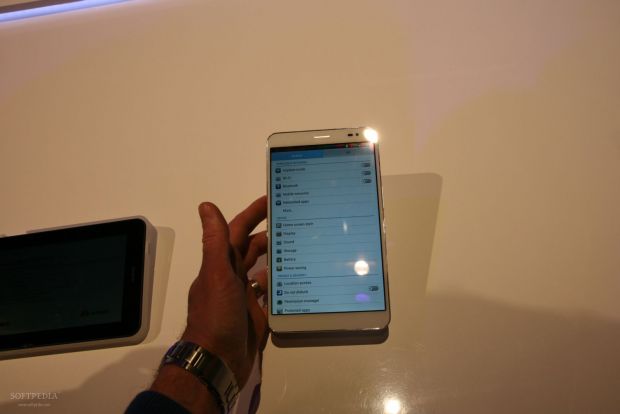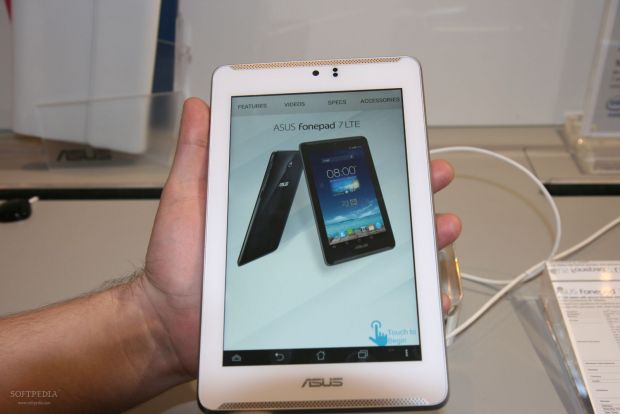After yet another prolific edition, the Mobile World Congress has closed its doors, so it’s the right time to take a step back and actually try and analyze the bigger picture.
There was a noticeable trend developing in Barcelona, as we saw a plethora of companies launch new tablets or update their current models with the LTE function.
From established brands like ASUS to newcomers to the tablet game like NVIDIA and budget product makers like Huawei and Alcatel, the LTE functionality has been taken up indiscriminately, aiming to provide mobile users with the possibility of staying connected everywhere.
4G/LTE is the next stage in mobile network development and provides users with much faster data speeds than 3G is able to.
Outlining the difference in speeds is not usually a very easy task to do, since 3G networks depend on how they are implemented, but according to tests the 3G peak download rate has been set at 100 Mbps, while the 4G one could reach 1Gbps.
Anyway, the question arises, why are companies pushing LTE so avidly into their products? Usually tablets embedded with 4G LTE come with a heftier price-tag and some customers might be wondering why the need to pay more when there’s Wi-Fi basically everywhere. By the looks of it, vendors are trying to make LTE a common standard. But do we really need them to do that?
Basically a customers should ask himself/herself, what will they be using the slate for? For example, if one is planning to use the tablet around the house mainly for video streaming and not taking it out of the house, a Wi-Fi model will certainly suffice.
But tablets are constantly being built thinner, lighter and more powerful than before, thus becoming an excellent notebook replacement and allowing for more complex operations having to do with productivity, news and information to be performed.
Now let’s try to answer another question, why relying on the Wi-Fi connection from your local restaurant, hotel or conference venue isn’t exactly the best idea. Right off the bat, we’re thinking the lack of security.
Especially if you are dealing with work-related content on your tablet, the possibility of your info being hijacked by a third-party with little effort is very much present. But a tablet with its own private connection is something else entirely, so accessing corporate emails from it, shouldn’t pose any major threats.Another issue with public Wi-Fi, something we have all experienced at some point, is limited bandwidth / speed limits. So if you’re in the position of having to send a quick report to your boss and the connection speeds resembles that of decrepit dial-up, you won’t get anywhere.
Some hotels offer paid-services but the experience isn’t much better either, as the connection speed is pretty limited in this case too.
Yes, there’s the issue with extra cost. For example customers will have to pay an extra $100 / €72 for the Amazon Kindle HDX LTE compared to the Wi-Fi-only model. But if MWC has thought us anything, lots of super affordable LTE models are coming our way soon.For example, French manufacturer Archos has introduced the world’s first 4G tablet priced under $240 / €182, the 80 Helium. NVIDIA is not so far behind, as the chip-maker showcased a revamped version of the Tegra Note 7 slate with LTE support, which will sell for $299 / €218.
More than that, if you don’t feel like paying for a tablet outright, carriers like Verizon are offering LTE-capable tablets with the popular 2 year contract. The Nexus 7 2013 has just landed on big red and the new Samsung Galaxy NotePRO and LG G Pad 8.3 LTE editions are expected to arrive on March 6.
Now that we have pricing covered, here’s another point that’s worth taking into consideration when considering whether or not to pick up a LTE model. Wi-Fi tablets allow the possibility of tethering to your smartphone.
But this functionality doesn’t come without a few burdens of its own, including battery drain and data usage (most smartphone usage is limited by a data cap).
Another problem that should be taken into account, is while your LTE tablet might be working smooth in the US it doesn’t necessarily mean it will work outside the country. Different countries are at different levels in wireless developments.
For example some countries have LTE, 4G, 3G and 2G but not all them use the same technology or frequency standards.Also note that most LTE-enabled tablets in the US are locked to one carrier only, because different carries use different technologies. But taking these dividing details aside and concentrating on the recent events, it appears manufacturers and carriers are ready to take-on the challenge of providing an adherent platform for LTE tablet use.
The current standard suggests that unlike years ago, customers aren’t just limiting themselves to the confines of their homes, watching a video and browsing the Internet.
Tablet usage has escalated massively with slates being used for much more. Hence the ability to stay connected whenever has become a current necessity, as well as the keeping personal data safe.
And with more and more device-makers jumping on the LTE bandwagon and lowering prices in the process, we can certainly see LTE become a standard in the tablet ecosystem.

 14 DAY TRIAL //
14 DAY TRIAL // 





